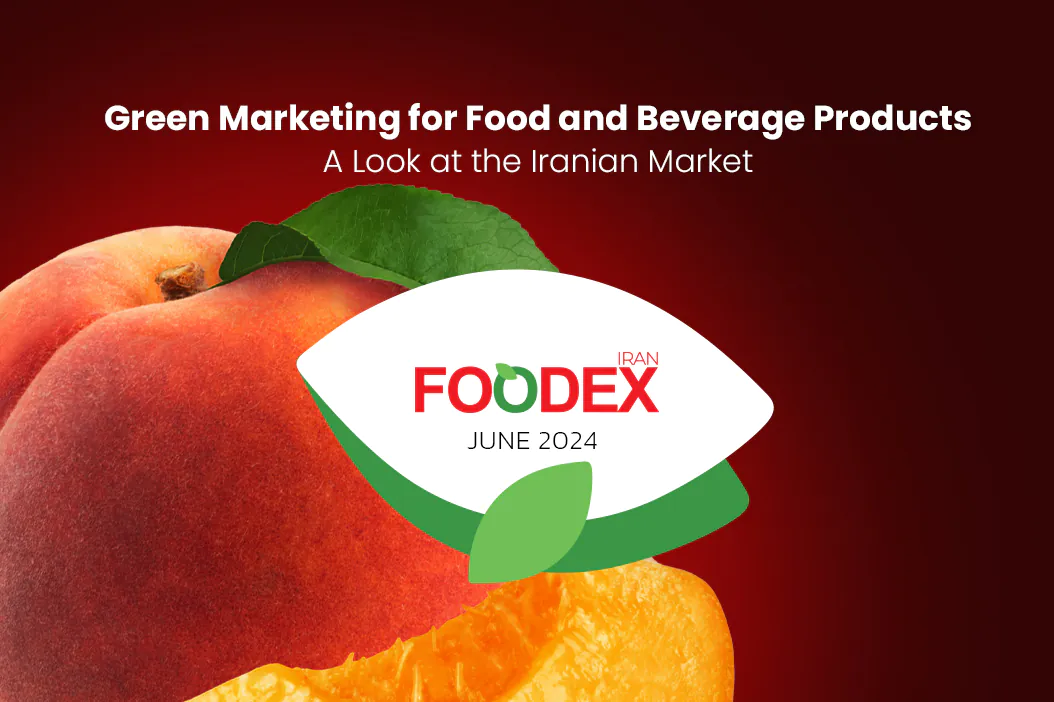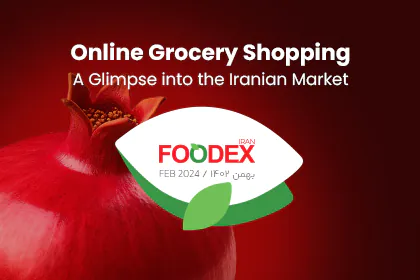Food Consumption Patterns in Iran: A Data-Driven Analysis
The per capita food consumption report in Iran, conducted by Foodex Iran, presents an in-depth analysis of food consumption across different product groups in the country. This report, based on field research and global data, aims to provide a comprehensive view of Iranian consumer behavior and how it compares to global consumption patterns. As food and beverages are critical components of Iranian household expenditures, this report offers valuable insights for producers, businesses, and stakeholders looking to enter both domestic and international markets in the Middle East, GCC, and CIS regions.
Consumption of Bread and Grains in Iran
In the bread and grains category, bread remains a staple food in Iran, with a per capita consumption of 54 kg per year, significantly higher than the global average. In contrast, rice consumption in Iran stands at 36 kg per year, below the global average of 44 kg. Additionally, pasta consumption in Iran is approximately 6 kg per year, much lower than the global average of 24 kg. These figures highlight the cultural preferences that drive food consumption patterns in Iran, where bread dominates the diet compared to other grain products.
Protein Consumption in Iran
Protein consumption is a vital aspect of this report. The per capita consumption of red meat in Iran is 9 kg per year, far below the global average of 42 kg. However, poultry consumption in Iran is significantly higher at 25 kg per year, compared to the global average of 15 kg. Additionally, the consumption of eggs in Iran stands at 10 kg per year, slightly lower than the global average. The consumption of fish in Iran is also relatively low, at 10 kg per year, reflecting the country’s lower reliance on seafood compared to other parts of the world.
Dairy Consumption in Iran
Dairy products are an essential component of the Iranian diet. The per capita consumption of milk in Iran is approximately 60 kg per year, which is significantly lower than the global average of 110 kg. Similarly, the consumption of yogurt and cheese in Iran also falls below the global averages. This decline in dairy consumption may be attributed to the high cost of dairy products and changing consumer preferences in the region.
Fruit and Vegetable Consumption in Iran
In the fruit and vegetable category, the report shows that the per capita consumption of fruits in Iran is about 20 kg per year, while vegetable consumption is approximately 30 kg per year. These figures are notably lower than the global averages of 80 kg for fruits and 120 kg for vegetables. This low consumption of fruits and vegetables may have significant public health implications, highlighting the need for increased awareness of healthy eating habits in Iran.
Beverage Consumption in Iran
Beverages, especially non-alcoholic drinks and bottled water, play a significant role in the Iranian diet. The per capita consumption of bottled water in Iran is around 80 liters per year, which is higher than the global average. However, the consumption of non-alcoholic beverages, including soft drinks and juices, averages 50 liters per year, which is lower than that of countries like the United States. This demonstrates a growing preference for water over sugary drinks among Iranian consumers.
Comparison of Iran’s Food Consumption with Global Standards
This report highlights that per capita food consumption in Iran is generally lower than global averages across most product categories, with the exception of bread and certain beverages. The comparison of food and beverage consumption in Iran and the world reveals significant cultural, economic, and accessibility differences that influence consumption patterns in the country. These insights are valuable for companies looking to better understand the Iranian market and develop strategies for entering both domestic and international markets in the Middle East, GCC, and CIS regions.
Conclusion
In conclusion, the per capita consumption of food and beverages in Iran shows substantial differences from global consumption patterns. These differences are influenced by cultural preferences, product pricing, and economic conditions. The data provided in this report offers valuable insights for producers, distributors, and traders to better understand the Iranian food market, enabling them to design and launch products that cater to local consumer preferences while also exploring opportunities in the Middle East, GCC, and CIS markets.









One Response
good